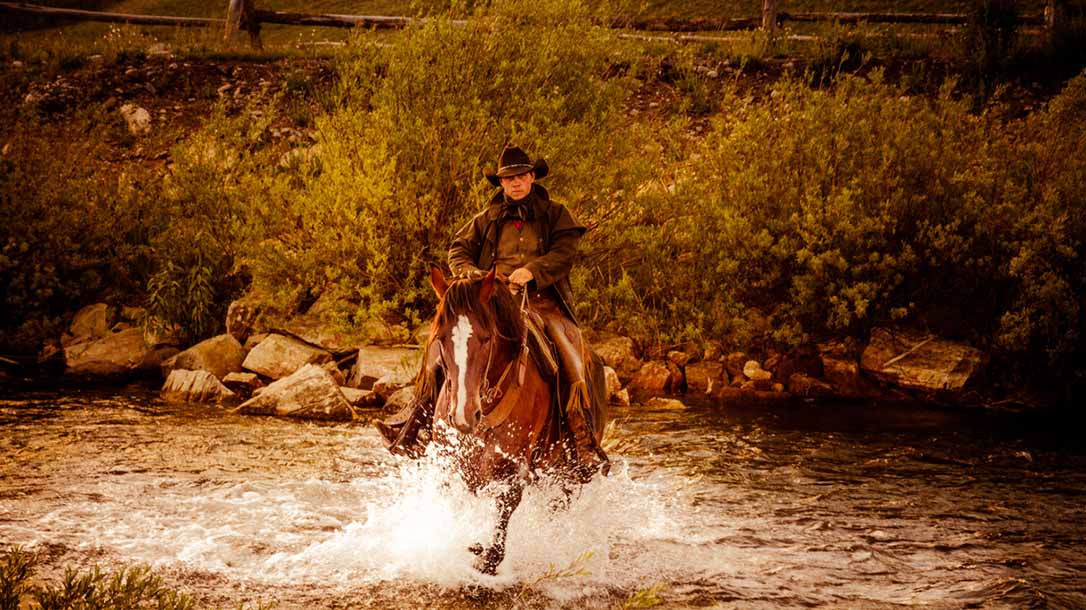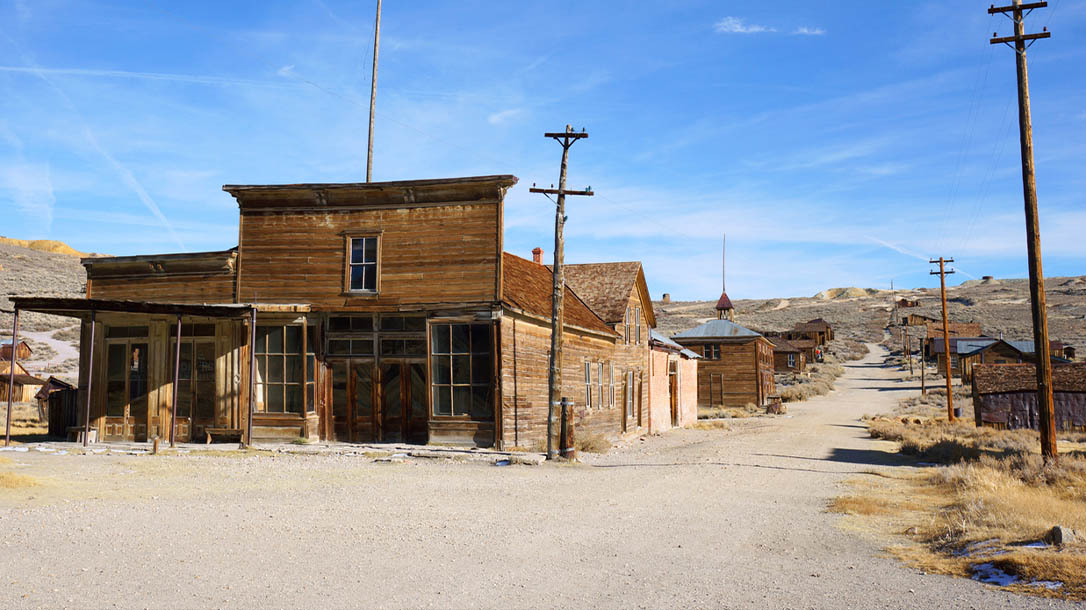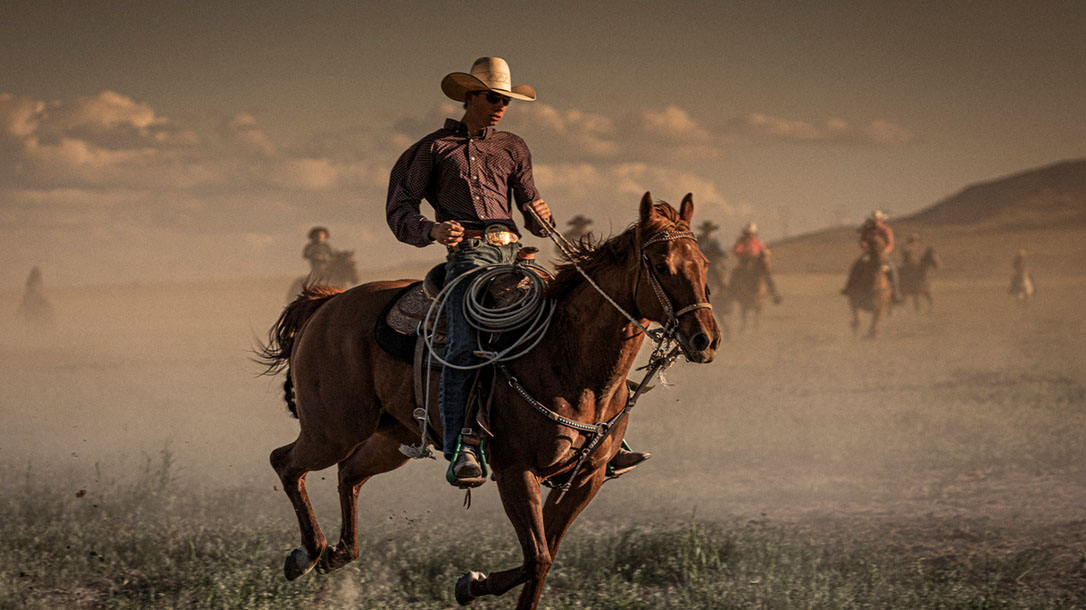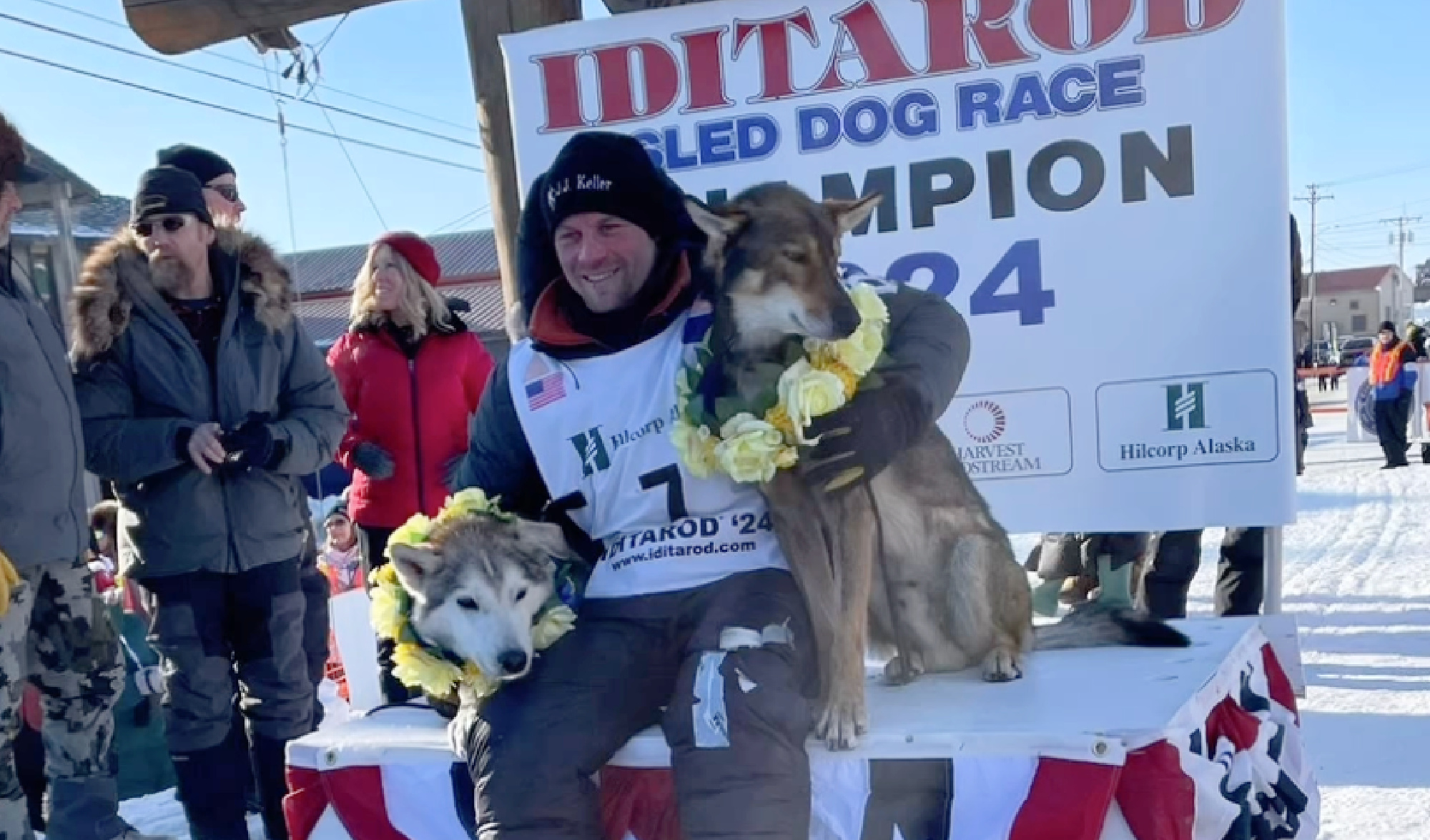Growing up in the small town of Rock Springs, nestled in the southwestern region of Wyoming, I heard many stories of the town’s storied history—some inspiring, others tragic, yet all captivating to a curious child like myself. One narrative that particularly intrigued me was the legend of Butch Cassidy, a figure shrouded in mystery and folklore. It was said that Butch, born Robert LeRoy Parker and originally known as “Butcher” due to his stint at a local butcher shop in Rock Springs, later adopted the moniker “Butch” and added “Cassidy” in homage to his esteemed friend and mentor.
I found myself captivated by the tales of the legendary figures who once traversed the rugged landscapes of Wyoming. Leading among these figures stood the infamous members of the Hole in the Wall Gang, whose exploits etched a lasting mark upon the fabric of the American West during the latter half of the 19th century.
The Hole in The Wall Gang
The very name “Hole-in-the-Wall” evoked an aura of mystery and danger, nestled within the expansive Great Red Wall of cliffs stretching for miles to the south. This remote enclave, dubbed an “outlaw stronghold,” served as the backdrop for countless illicit deeds, weaving itself into the tapestry of Western legend.
Butch Cassidy, at the helm of the Wild Bunch, led one of the loosely organized outlaw gangs that roamed the untamed terrain surrounding the Hole-in-the-Wall in Wyoming. Hence, they became synonymous with the “Hole in the Wall Gang” moniker during the Old West era in the United States. Cassidy and his cohorts solidified their place in Western folklore by establishing one of their three ‘headquarters’ amid the rugged confines of the Hole-in-the-Wall.
Digging into the rich history of my hometown, Rock Springs, Wyoming, unveiled a fascinating connection to the activities of the Hole in the Wall Gang and other notorious outlaws who frequented the area. Butch Cassidy, hailing from nearby Circleville, Utah, emerged as a central figure in this narrative. His audacious train robberies and artful evasions from law enforcement solidified his legendary status, often making Rock Springs a pivotal waypoint during his daring escapades.

The Sundance Kid
However, the notorious web of infamy surrounding Rock Springs also entangled another infamous character—Harry Longabaugh, more famously known as the Sundance Kid. Serving as a trusted lieutenant of the Hole in the Wall Gang and a close ally of Cassidy, the Sundance Kid became renowned for his sharpshooting skills, quick wit, and audacious exploits. He epitomized the archetypal Western outlaw, a romanticized figure whose escapades enthralled the nation. Collaborating with Cassidy and fellow gang members like the infamous Kid Curry and the enigmatic Harvey “Kid Curry” Logan, the Sundance Kid, alongside his cohorts, sowed chaos throughout the Western frontier, leaving behind a trail of train robberies, bank heists, and brazen cattle rustling ventures that propelled them to the top of America’s most-wanted list.
This notorious gang of cattle rustlers and outlaws also included the Logan brothers and Black Jack Ketchum, who frequented the area for their covert meetings and operations. A log cabin nestled within the Hole-in-the-Wall region, erected in 1883 by Alexander Ghent, still stands today as a part of the Old Trail Town Museum in Cody, Wyoming.
From the late 1860s to around 1910, the area bore witness to frequent visits from various outlaw gangs seeking refuge and seclusion. During its peak, the pass boasted several cabins where gangs could shelter during harsh Wyoming winters, along with essential amenities such as a livery stable, corral, livestock, and supplies, each sustained through the collective efforts of the gangs.
Luck Ran Out
Despite their cunning and resourcefulness, the days of the Hole in the Wall Gang became numbered. Pursued relentlessly by law enforcement agencies and Pinkerton detectives, Butch Cassidy and the Sundance Kid found themselves increasingly isolated and hunted. In 1901, their luck finally ran out in a dramatic showdown in Bolivia, where they met their demise at the hands of lawmen.
The circumstances surrounding their deaths remain shrouded in mystery and controversy. While some accounts suggest they were killed during a shootout with Bolivian authorities after a failed bank robbery attempt, others propose alternative theories, including the possibility of their survival and escape.

American Folklore
Regardless of the exact circumstances, the end of Butch Cassidy and the Sundance Kid marked the conclusion of an era—an era characterized by daring train robberies, bold bank heists, and narrow escapes from the law. Yet, their legacy lives on in the annals of American folklore.
From Hollywood films to novels, the exploits of the Hole in the Wall gang of outlaws continue to captivate audiences worldwide. Today, visitors to Wyoming can explore the rugged landscapes and hidden hideouts that once sheltered the most notorious gang in the West.
The story of the Hole in the Wall Gang is more than just a tale of outlaws and bandits—it is a testament to the spirit of adventure and rebellion that defined the American West. From their secret hideout in the Wyoming wilderness to their daring escapades across the frontier, Butch Cassidy and his gang left an unforgettable mark on history. Though their days may be long gone, the legend of the Hole in the Wall Gang continues to echo through the ages, reminding us of a bygone era of lawlessness and adventure in the wilds of Wyoming.
As a child, few historical narratives captured my imagination quite like the tales of Butch Cassidy and his notorious cohort, the Hole in the Wall gang. Their daring escapades, legendary heists, and the mystique surrounding their hideout in the rugged Wyoming wilderness continue to fascinate me to this day.


Didn’t find what you were looking for?
Read the full article here




